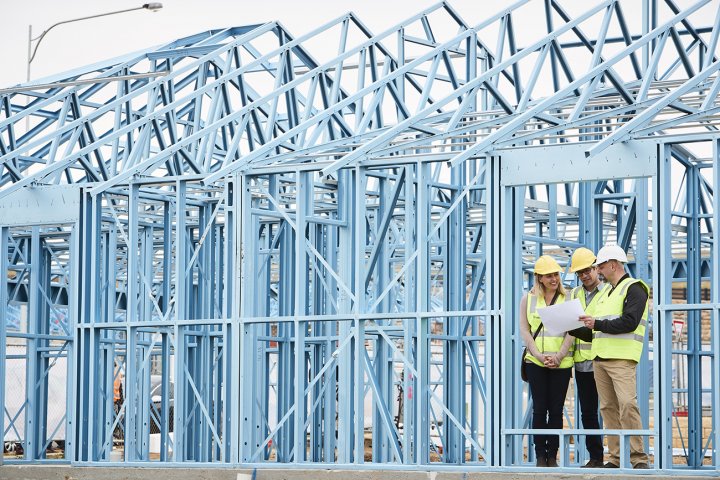
New energy efficiency provisions have been introduced in the revised National Construction Code (NCC 2022) that impact residential buildings and pathways for compliance available to designers and builders.
NCC 2022 raises the required level of energy efficiency in Class 1 and 2 buildings from 6-star to 7-star equivalent on the Nationwide House Energy Rating Scheme (NatHERS), and introduces new requirements relating to the thermal bridging of framing materials.
To help support the construction industry, The Australian Steel Institute (ASI) and the National Association of Steel-framed Housing (NASH) have jointly developed a series of guidance resources exploring ways to meet or exceed the requirements of NCC 2022. Each topic includes a PDF download with how-to details, common installations and a video presentation.
The Energy Efficiency in Steel-Framed Buildings topic explains the NCC 2022 changes and how these affect steel-framed homes, and provides examples of typical cost-effective solutions for designers and builders. It includes:
- An overview of the new NCC 2022 Energy Efficiency provisions and how these impact steel-framed residential buildings
- The purpose of regulating energy efficiency in buildings
- Pathways for compliance available to designers
- An explanation of the new requirements for mitigation of conductive thermal bridging
- Examples of some common easy-to-install construction solutions when following the Deemed-to-Satisfy (DtS) Elemental pathway
- Clarification regarding thermal break requirements in certain situations
- Where to go for further information
The increased stringency in residential energy efficiency requirements in NCC 2022 will mean that higher levels of insulation are likely to be required in some or all parts of the building fabric, for all forms of construction. The new requirement for thermal bridging mitigation in steel-framed buildings can be met with simple, easy-to-install construction solutions.
The impact on construction of steel-framed houses in most cases is expected to be nominal and it is important to note that the requirement for thermal breaks for steel-framed buildings is unchanged from NCC 2019.
The information will interest a wide range of construction industry stakeholders including manufacturers, designers, installers, builders, developers, and certifiers.
Further information:
- Download NASH/ASI PDF Guide – Energy Efficient Steel Framing
- Watch NASH/ ASI video - Energy Efficient Steel Framing
- Download NASH Technical Note NTN006 - NCC 2022 Elemental Energy Efficiency Solutions - Class 1 Buildings
- Visit NASH website for additional guidance publications and presentations
- Visit ASI portal for additional NCC topics - Designing to NCC 2022 Using Steel
- If you would like to discuss these changes further, please contact NASH or your BlueScope Account Manager.


